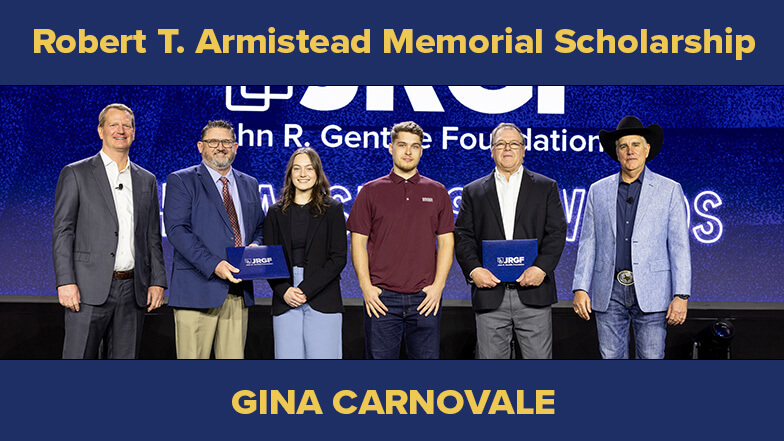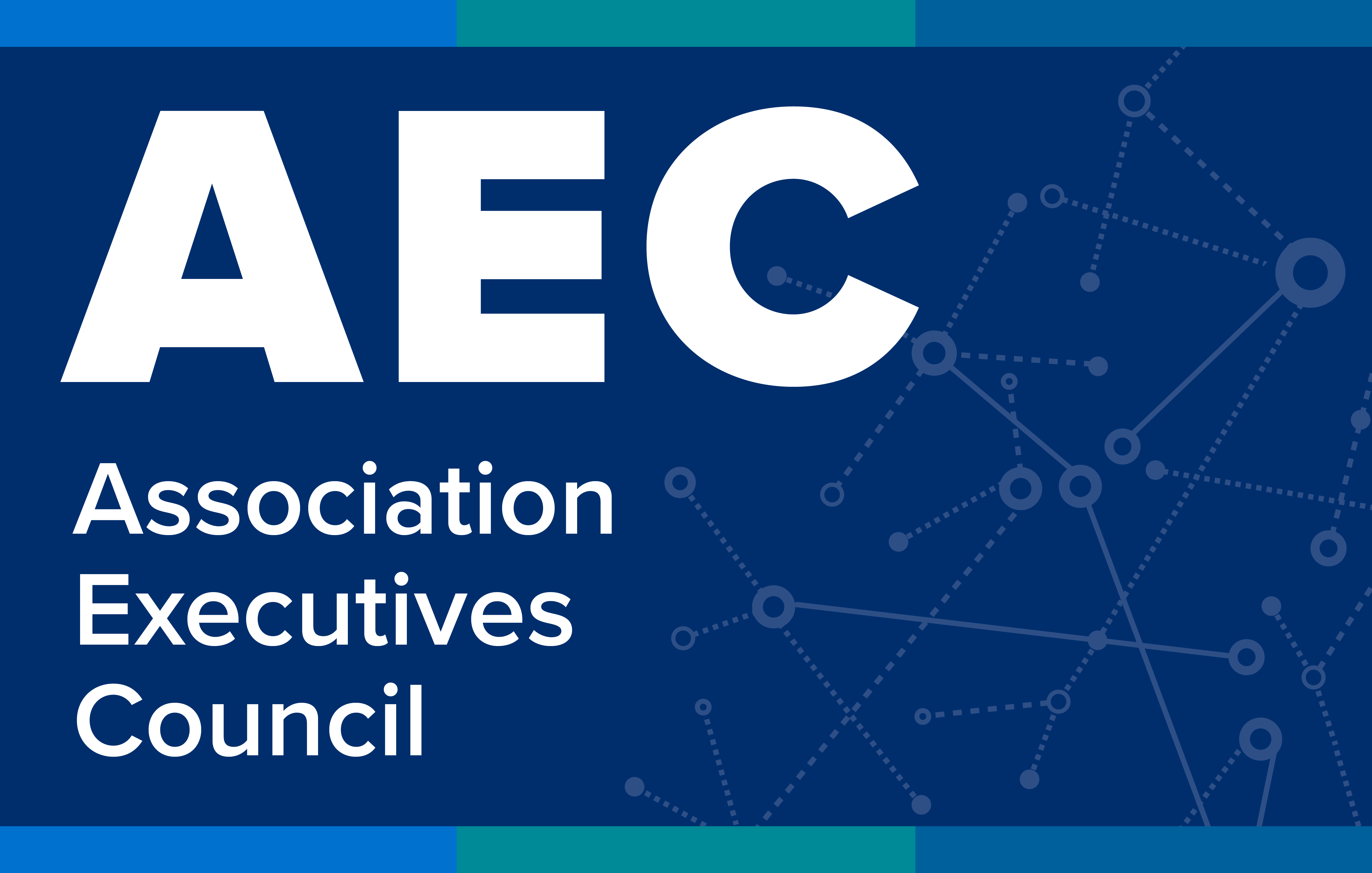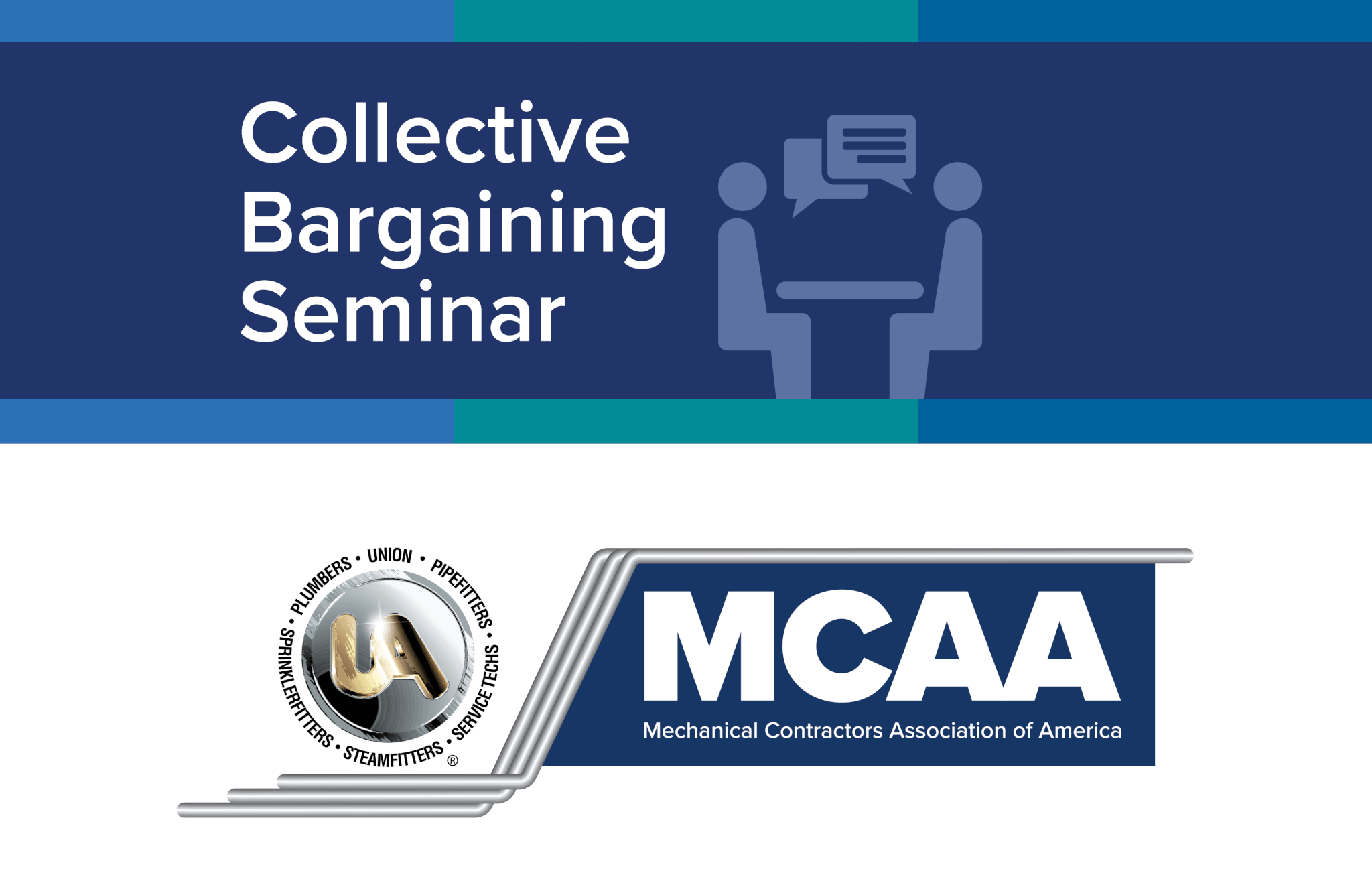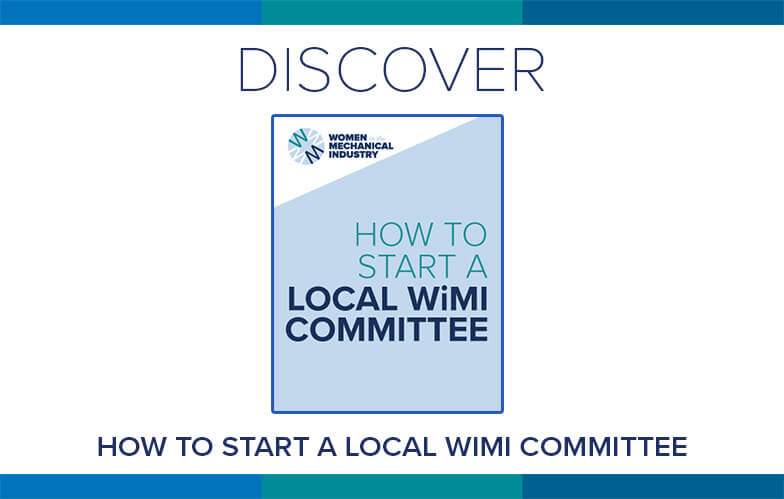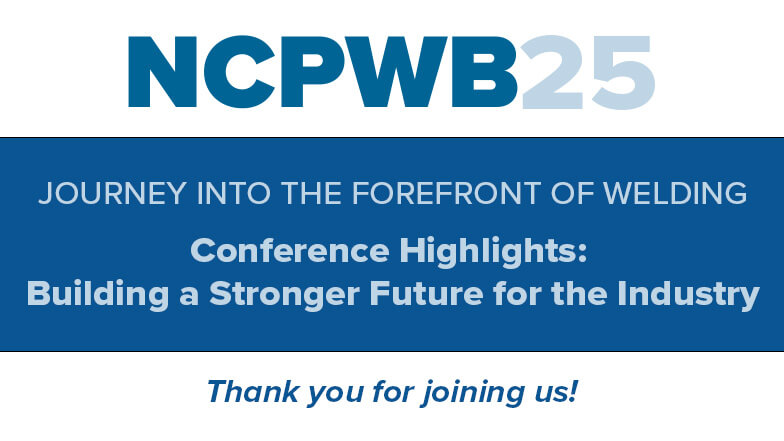
The 2025 NCPWB Conference delivered powerful insights, innovative technologies, and critical discussions shaping the future of the welding industry. From redefining career pathways to advancing autonomous welding technologies, this event was packed with knowledge and inspiration for today’s welding professionals.
Demi Knight Clark kicked off the event by addressing the stigma around trade careers. With 88% of high school students pressured toward college, Clark called for a cultural shift — empowering students who pursue skilled trades to be celebrated like a “Varsity Squad.” She emphasized the need for empowering students pursuing #CareerReadiness; launching a positive PR campaign to destigmatize trade careers, targeting Gen Z and Gen Alpha; and promoting both welding engineering degrees and skilled trades paths, showing they are not mutually exclusive.
Innovative solutions for welding in restricted access areas, a key session, focused on orbital welding technologies designed to overcome common obstacles in the field, such as limited space around joints, close proximity to walls and pipes, and lack of direct line of sight. The discussion highlighted how orbital welding systems help maintain weld quality and efficiency under these challenging conditions, reducing reliance on manual techniques like mirrors and specialized tools.
How to improve welder continuity through better record keeping covered the importance of maintaining proper welder continuity records. Attendees learned how effective communication between UA local Authorized Testing Facilities and NCPWB chapters is essential to keeping welder qualifications current. The discussion emphasized best practices for information exchange and highlighted the critical role accurate record-keeping plays in supporting compliance, productivity, and workforce readiness across the industry.
Attendees learned how advanced GMAW processes like HyperFill® and HyperFill-STT® are helping contractors overcome major industry challenges, including skilled labor shortages, the need for capital investment justification, and demands for increased throughput. The session provided an in-depth look at the technology behind these innovative processes, emphasizing how they improve operator ease-of-use while achieving high deposition rates. Presenters outlined the minimal equipment changes needed to implement HyperFill technologies, making adoption cost-effective and accessible. A case study shared by Mollenberg-Betz demonstrated how the successful use of HyperFill and HyperFill-STT helped address common welding challenges faced by mechanical contractors. The session also highlighted how newly qualified procedures that will be added to the NCPWB WPS Library, further supporting industry-wide adoption.
The audience was introduced to new advancements in pipe spool welding, an area known for its unique challenges. The speakers emphasized that dynamic adaptability is critical to achieving quality weld. They demonstrated how success can be achieved through the use of welding robots equipped with adaptive control technology. A real-world example from McCarl’s highlighted how automation has helped them overcome the challenges of inconsistent pipe conditions, improving weld quality and production efficiency. The discussion underscored the importance of embracing new technology to meet the complex demands of spool pipe welding.
A comprehensive session was held on the welding of duplex stainless steels. Attendees learned why these steels, prized for their corrosion resistance, high strength, and good weldability, are rapidly gaining popularity across a variety of industries. The speaker emphasized that while duplex stainless steels offer many benefits, they must be welded with great care to preserve their properties. With demand for duplex stainless steels expected to continue rising, the presentation underscored the importance of understanding duplex material characteristics, fabrication challenges, and inspection requirements to ensure optimal performance in service.
Mark your calendar for next year’s conference, scheduled to take place April 26-28, at Hyatt Regency Hill Country Resort, San Antonio, TX.
